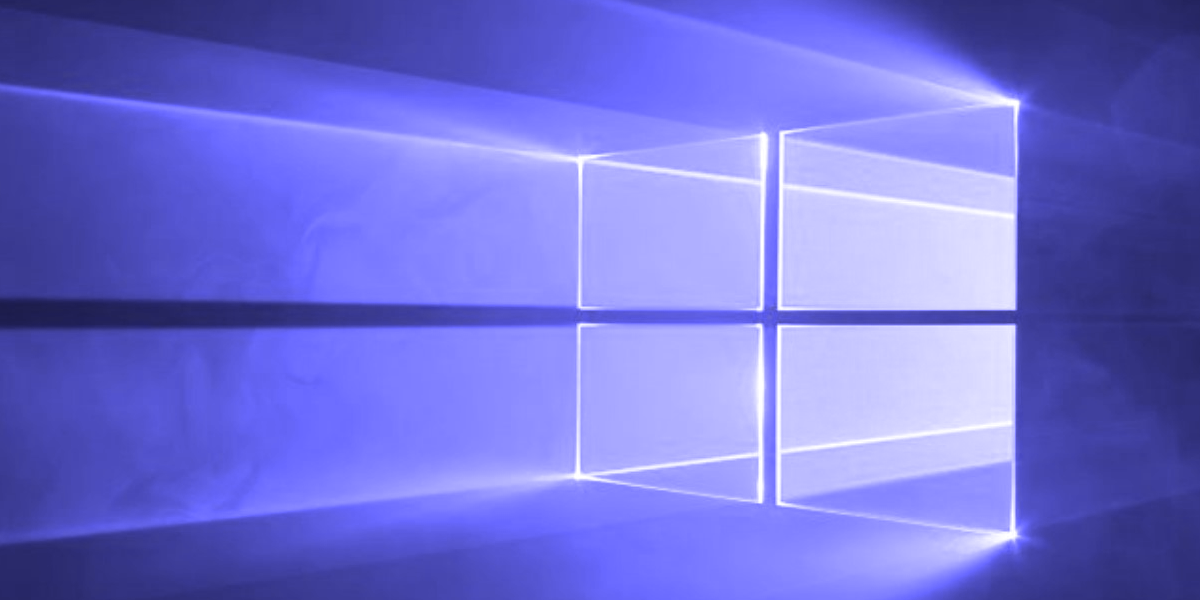Microsoft has announced the security updates for March 2022.
March 2022 Security Updates
Updates this Month
This release consists of security updates for the following products, features and roles.
- .NET and Visual Studio
- Azure Site Recovery
- Microsoft Defender for Endpoint
- Microsoft Defender for IoT
- Microsoft Edge (Chromium-based)
- Microsoft Exchange Server
- Microsoft Intune
- Microsoft Office Visio
- Microsoft Office Word
- Microsoft Windows ALPC
- Microsoft Windows Codecs Library
- Paint 3D
- Role: Windows Hyper-V
- Skype Extension for Chrome
- Tablet Windows User Interface
- Visual Studio Code
- Windows Ancillary Function Driver for WinSock
- Windows CD-ROM Driver
- Windows Cloud Files Mini Filter Driver
- Windows COM
- Windows Common Log File System Driver
- Windows DWM Core Library
- Windows Event Tracing
- Windows Fastfat Driver
- Windows Fax and Scan Service
- Windows HTML Platform
- Windows Installer
- Windows Kernel
- Windows Media
- Windows PDEV
- Windows Point-to-Point Tunneling Protocol
- Windows Print Spooler Components
- Windows Remote Desktop
- Windows Security Support Provider Interface
- Windows SMB Server
- Windows Update Stack
- XBox
Please note the following information regarding the security updates:
Security Update Guide Blog Posts
Date Blog Post January 11, 2022 Coming Soon: New Security Update Guide Notification System February 9, 2021 Continuing to Listen: Good News about the Security Update Guide API January 13, 2021 Security Update Guide Supports CVEs Assigned by Industry Partners December 8, 2020 Security Update Guide: Let’s keep the conversation going November 9, 2020 Vulnerability Descriptions in the New Version of the Security Update Guide Relevant Information
- The new Hotpatching feature is now generally available. Please see Hotpatching feature for Windows Server Azure Edition virtual machines (VMs) for more information.
- Windows 10 updates are cumulative. The monthly security release includes all security fixes for vulnerabilities that affect Windows 10, in addition to non-security updates. The updates are available via the Microsoft Update Catalog. For information on lifecycle and support dates for Windows 10 operating systems, please see Windows Lifecycle Facts Sheet.
- Microsoft is improving Windows Release Notes. For more information, please see What's next for Windows release notes.
- A list of the latest servicing stack updates for each operating system can be found in ADV990001. This list will be updated whenever a new servicing stack update is released. It is important to install the latest servicing stack update.
- In addition to security changes for the vulnerabilities, updates include defense-in-depth updates to help improve security-related features.
- Customers running Windows 7, Windows Server 2008 R2, or Windows Server 2008 need to purchase the Extended Security Update to continue receiving security updates. See 4522133 for more information.
FAQs, Mitigations, and Workarounds
The following CVEs have FAQs, Mitigations, or Workarounds. You can see these in more detail from the Vulnerabilities tab by selecting FAQs, Mitigations and Workarounds columns in the Edit Columns panel.
- CVE-2020-8927
- CVE-2022-0789
- CVE-2022-0790
- CVE-2022-0791
- CVE-2022-0792
- CVE-2022-0793
- CVE-2022-0794
- CVE-2022-0795
- CVE-2022-0796
- CVE-2022-0797
- CVE-2022-0798
- CVE-2022-0799
- CVE-2022-0800
- CVE-2022-0801
- CVE-2022-0802
- CVE-2022-0803
- CVE-2022-0804
- CVE-2022-0805
- CVE-2022-0806
- CVE-2022-0807
- CVE-2022-0808
- CVE-2022-0809
- CVE-2022-21967
- CVE-2022-21975
- CVE-2022-21977
- CVE-2022-21990
- CVE-2022-22006
- CVE-2022-22007
- CVE-2022-22010
- CVE-2022-23265
- CVE-2022-23266
- CVE-2022-23277
- CVE-2022-23278
- CVE-2022-23281
- CVE-2022-23282
- CVE-2022-23283
- CVE-2022-23285
- CVE-2022-23286
- CVE-2022-23287
- CVE-2022-23288
- CVE-2022-23294
- CVE-2022-23295
- CVE-2022-23297
- CVE-2022-23298
- CVE-2022-23299
- CVE-2022-23300
- CVE-2022-23301
- CVE-2022-24451
- CVE-2022-24452
- CVE-2022-24453
- CVE-2022-24456
- CVE-2022-24457
- CVE-2022-24460
- CVE-2022-24461
- CVE-2022-24462
- CVE-2022-24463
- CVE-2022-24465
- CVE-2022-24467
- CVE-2022-24468
- CVE-2022-24469
- CVE-2022-24470
- CVE-2022-24471
- CVE-2022-24501
- CVE-2022-24502
- CVE-2022-24503
- CVE-2022-24505
- CVE-2022-24506
- CVE-2022-24508
- CVE-2022-24509
- CVE-2022-24510
- CVE-2022-24511
- CVE-2022-24512
- CVE-2022-24515
- CVE-2022-24517
- CVE-2022-24518
- CVE-2022-24519
- CVE-2022-24520
- CVE-2022-24522
- CVE-2022-24525
- CVE-2022-24526
Known Issues
You can see these in more detail from the Deployments tab by selecting Known Issues column in the Edit Columns panel.
For more information about Windows Known Issues, please see Windows message center (links to currently-supported versions of Windows are in the left pane).
KB Article Applies To 5010324 Microsoft Exchange Server 2103 5011487 Windows 10, version 20H2, Windows Server, version 20H2, Windows 10, version 21H1, Windows 10, version 21H2 5011495 Windows 10, version 1607, Windows Server 2016 5011497 Windows Server 2022 5011503 Windows 10, version 1809, Windows Server 2019 5011525 Windows Server 2008 (Security-only update) 5011527 Windows Server 2012 (Security-only update) 5011529 Windows 7, Windows Server 2008 R2 (Security-only update) 5011534 Windows Server 2008 (Monthly Rollup) 5011535 Windows Server 2012 (Monthly Rollup) 5011552 Windows 7, Windows Server 2008 R2 (Monthly Rollup) 5011560 Windows 8.1, Windows Server 2012 R2 (Security-only update) 5011564 Windows 8.1, Windows Server 2012 R2 (Monthly Rollup) 5012698 Microsoft Exchange Server 2016, 2019
Security Update Guide - Microsoft Security Response Center

